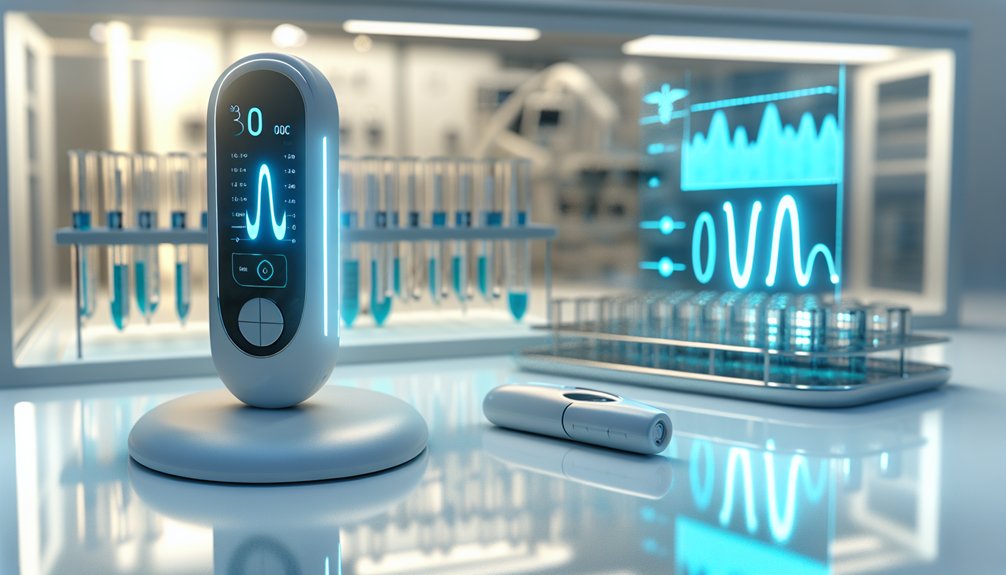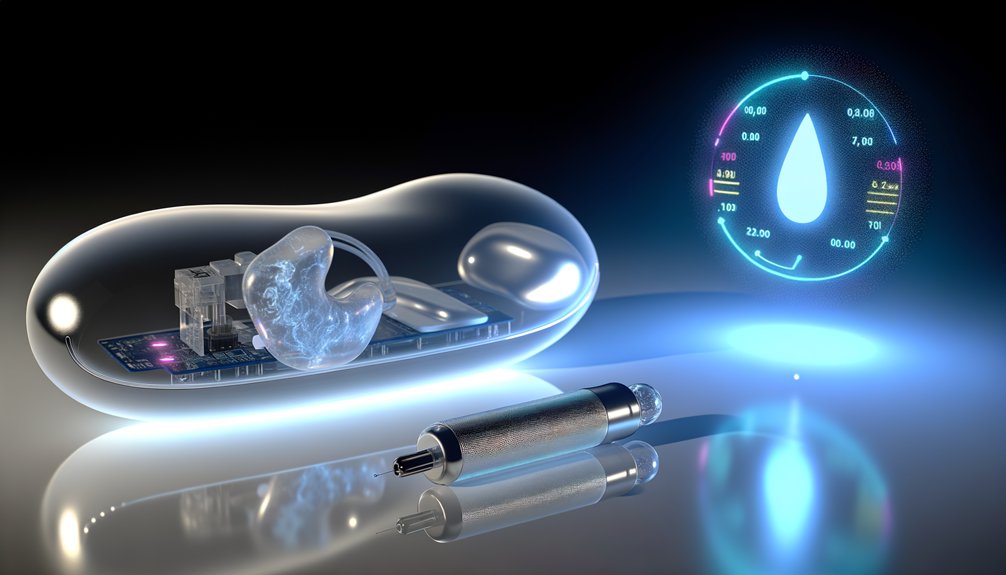In 2025, exciting advances in diabetes treatment and technology are paving the way for a brighter future. New therapies, like GLP-1 receptor agonists, promise to help those with Type 1 diabetes produce more insulin and worry less about their glucose levels. Artificial pancreas systems are making life easier too, mimicking a healthy pancreas. Meanwhile, breakthroughs in stem cell therapy hold the potential to eliminate the need for injections. There’s a world of possibilities ahead that will empower individuals to embrace life more fully. Stay tuned to learn how these innovations are changing diabetes care.

As the world moves closer to 2025, exciting advancements in diabetes care paint a hopeful picture for those living with this condition. Imagine a future where Type 1 diabetes (T1D) is not just manageable but potentially curable. New treatments are emerging that could change lives forever. For instance, scientists are exploring GLP-1 receptor agonists, typically used for Type 2 diabetes, to help stimulate insulin production in individuals with T1D. This could mean fewer concerns about blood sugar levels and more freedom in daily life. The groundbreaking GlyTwin management tool helps patients better control glucose spikes through personalized recommendations.
Artificial pancreas systems are also making a splash. These remarkable devices combine continuous glucose monitoring with automated insulin delivery, mimicking a healthy pancreas. They not only improve glucose control but also enhance the quality of life for many individuals. No one wants to be burdened by constant monitoring, and this technology offers a refreshing change. Recent advancements include the FDA approval of continuous ketone monitors, which help prevent dangerous ketoacidosis emergencies while enabling safer medication options.
Artificial pancreas systems are revolutionizing diabetes care, blending monitoring and insulin delivery to enhance life quality and reduce daily burdens.
Stem cell therapy is another exciting frontier. Researchers are using mesenchymal stem cells to regenerate insulin-producing beta cells, which might eliminate the need for insulin injections altogether. Companies like Vertex are making strides with their stem cell-derived islet cell therapy, aiming for a functional cure. It’s a thrilling time – the prospect of living without the daily hassle of managing diabetes feels more tangible than ever. Additionally, immunotherapies aim to prevent the immune system from attacking insulin-producing cells, further halting T1D progression and offering hope for long-term solutions.
Moreover, innovations in diabetes technology are flourishing. Continuous ketone monitoring systems are now available, helping to prevent dangerous ketoacidosis emergencies. Smart multiple daily injections and hybrid closed-loop systems are personalizing diabetes management like never before.
And who wouldn’t want to skip those needle pricks? Non-invasive glucose monitors are on the horizon, making compliance easier for everyone.
With the commitment to reducing global disparities in diabetes care, the future looks brighter. As new treatments and technologies emerge, the world is stepping closer to a reality where diabetes doesn’t control lives but empowers people to live fully. The journey continues, and hope is on the horizon.
